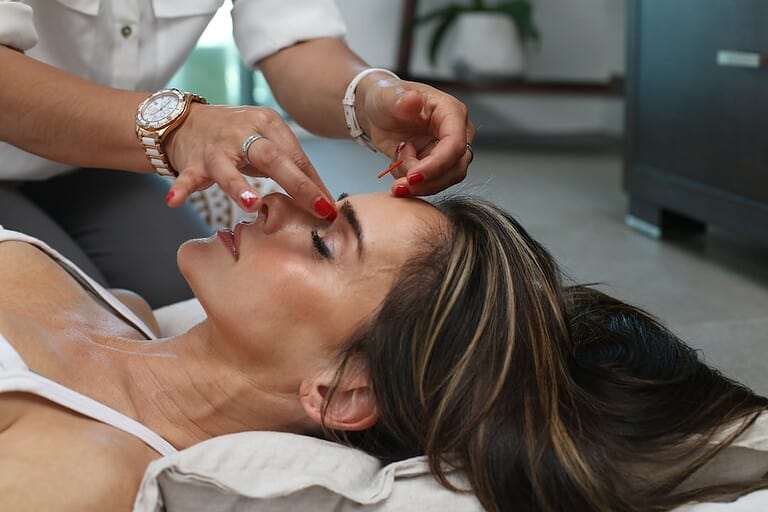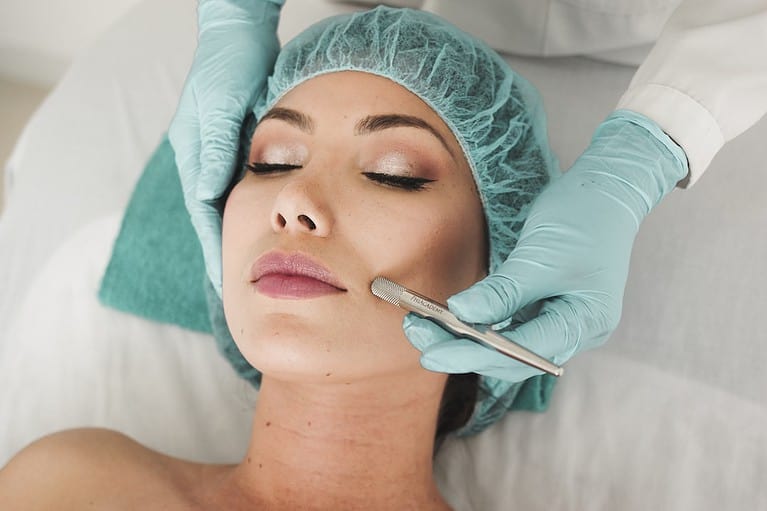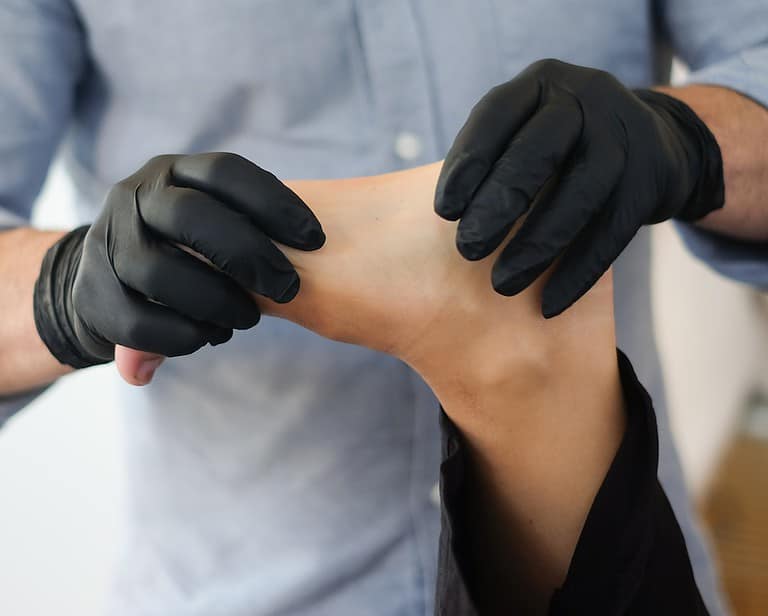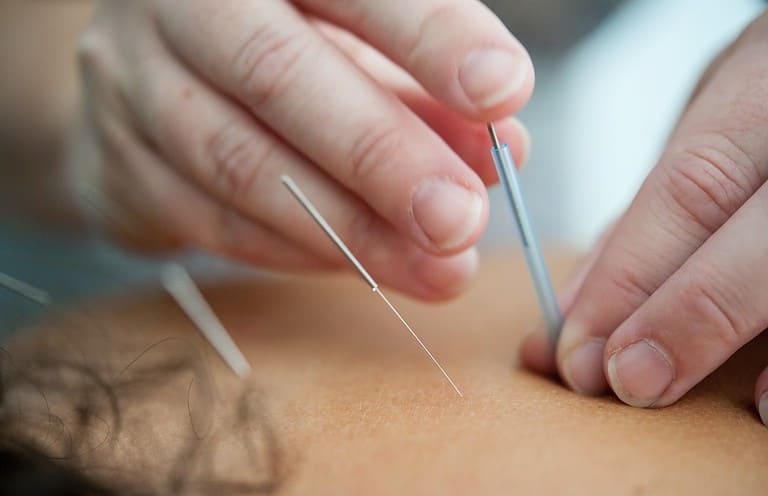Wellness 101: What Is Microcurrent Therapy Used For?
Microcurrent therapy is a powerful yet gentle form of treatment used for treating chronic pain, muscle tension, and even skin conditions. Used in physical therapy clinics and spas around the world, microcurrent therapy has been proven to be effective at relieving symptoms associated with various ailments. But what is microcurrent therapy used for?
In this article, we will explore the basics of microcurrent therapy so you can make an informed decision on whether or not it’s right for your needs. Let’s answer together: what is microcurrent therapy used for?
Table of Contents
What Is Microcurrent Therapy Used For?
Microcurrent therapy is a type of physical therapy that uses low-level electrical currents to stimulate the body’s natural healing processes. It has been used for decades in medical settings, but more recently it has become popular as an alternative or complementary treatment for various conditions.
Microcurrent therapy involves the application of very small electrical currents (usually less than one-millionth of an ampere) to specific areas of the body. The current is thought to help reduce inflammation and pain. The microcurrents stimulate tissue repair and regeneration too.
Proponents claim that microcurrent therapy can provide relief from chronic pain, improve circulation, reduce inflammation, promote wound healing, increase range of motion, and even help with depression and anxiety. It may also be beneficial in treating certain types of neurological disorders such as Parkinson’s disease or multiple sclerosis.
Microcurrent therapy is a holistic healing practice that can help the modern family to be healthier and more independent. It has many potential benefits, but it is important to understand how it works before trying it out. In the next section, we will discuss the science behind microcurrent therapy and its process.
How Does Microcurrent Therapy Work?
Microcurrent treatments have been used for decades and can help reduce pain, inflammation, and fatigue. It is often used in combination with other therapies such as massage or acupuncture.
The Science Behind Microcurrent Therapy
Microcurrent therapy works by stimulating the body’s bioelectric field, which helps to promote healing and improve circulation. The electrical current passes through electrodes placed on the skin at specific points known as “acupoints”.
These acupoints are connected to different organs and systems in the body, allowing them to be stimulated directly by the microcurrent. This stimulation helps in improving blood circulation, tissue oxygenation, improving lymphatic drainage, reducing inflammation, and relieving pain.
The Process of Microcurrent Therapy
During a therapy session, an experienced practitioner will place two small electrodes on your skin near areas where you feel discomfort or tension. They will then apply a very low-level electric current from the microcurrent devices between these two points for several minutes at a time while monitoring your response closely throughout the process.
Depending on what area is being treated you may experience sensations such as tingling or warmth during this process but it should not cause any significant discomfort or pain. After each session, most people report feeling relaxed yet energized due to improved circulation and decreased muscle tension in their bodies from receiving this type of treatment.
Potential Side Effects of MicroCurrent Therapy
In general, microcurrent therapy is considered safe when performed correctly. However, some potential side effects could occur including mild redness around where electrodes were placed on your skin, slight swelling, minor bruising, and a temporary numbness or tingling sensation. If any of these symptoms become severe, please contact your healthcare provider immediately.
Microcurrent therapy is a safe and effective way to treat certain medical conditions, but it’s important to understand how the process works before trying it.
Who Can Benefit from Microcurrent Therapy?
What is microcurrent therapy used for? This type of treatment has been used for decades in medical settings and is now gaining popularity as an alternative healthcare option. Let’s take a look at who can benefit from microcurrent therapy, what conditions it may be used to treat, and when professional help should be sought for treatment with this modality.
Conditions That May Be Treated with Microcurrent Therapy
Microcurrent therapy is effective in treating chronic pain, muscle spasms, arthritis, nerve damage, sports injuries, fibromyalgia, headaches/migraines, and other musculoskeletal issues. It can also help in reducing inflammation and improve circulation throughout the body.
In addition to these physical benefits, microcurrent therapy has also been shown to have psychological effects such as reducing stress levels and improving moods.
Who Should Not Receive Microcurrent Therapy?
People with pacemakers or any implanted electronic device should not receive microcurrent therapy due to potential interference with the device’s functioning. Pregnant women are advised against receiving microcurrent treatments because there is no research available on their safety during pregnancy yet.
Additionally, those suffering from epilepsy or any kind of seizure disorder should avoid using this modality since it could potentially trigger seizures due to its electrical nature.
If you think you may benefit from microcurrent therapy, it is best practice to consult your doctor before beginning treatment. They will be able to determine if this type of treatment would be suitable for your condition based on their experience and knowledge about your individual case history.
They may refer you for further testing or evaluation before starting a course of treatment to minimize any risks associated with the procedure while still providing the maximum therapeutic effect possible.
Microcurrent therapy is a safe and effective treatment option for many conditions, but it is important to consult with a professional before beginning any form of treatment.
What Are the Other Applications of Microcurrent therapy?
While microcurrent therapy has traditionally been used in physical therapy settings for musculoskeletal injuries, it has recently become popular as an alternative treatment for a variety of health issues.
What is microcurrent therapy used for? Here are some other applications of microcurrent therapy:
Pain Relief
Microcurrents are effective at reducing chronic pain associated with arthritis, fibromyalgia, carpal tunnel syndrome, and other musculoskeletal disorders. The current helps in nerve stimulation in the affected area which reduces muscle spasms and increases blood flow.
The nerve stimulation can lead to an improved range of motion and reduced pain levels over time.
Improved Circulation
The tiny electric impulses generated by microcurrents also help increase blood circulation throughout the body.
Increasing blood circulation means bringing more oxygen-rich nutrients to cells that need them most. It also means flushing out toxins from damaged tissues or organs that may be causing discomfort or illness.
By improving circulation throughout your body you can experience better overall health including improved energy levels and faster recovery times after exercise or injury.
Wound Healing
Microcurrents have been shown to speed up wound healing by stimulating cell regeneration around injured tissue sites such as cuts or burns. This means that the therapy softens scar tissue.
The current encourages collagen production which helps form new skin cells quickly while promoting healthy tissue growth at the same time so wounds heal faster than they would without treatment.
Microcurrent Facials
In addition to its therapeutic benefits on muscles and joints, microcurrent facials are used for facial rejuvenation purposes.
Microcurrent facials work by stimulating collagen production under the skin’s surface. This results in firmer-looking skin with fewer wrinkles over time. As a bonus, these microcurrent facials also help reduce puffiness around the eyes giving you a brighter look overall!
(Source)
What to Expect During a Session of Microcurrent Therapy
Before your session, you should discuss any medical conditions or medications with your practitioner. Removing any jewelry and metal objects that may interfere with the treatment is also important. You will likely be asked to lie down on a massage table or reclining chair while wearing comfortable clothing.
During the procedure, two small electrodes are placed on the skin at specific points depending on what needs to be treated. The electrodes deliver tiny electrical impulses. These microcurrents stimulate muscle tissue and promote healing in the body.
Depending on your individual needs, this process can last anywhere from 15 minutes up to an hour. After the session has ended, it is recommended that you drink plenty of water and rest as needed.
It is important not to overexert yourself or engage in strenuous activities immediately following microcurrent therapy, as this could disrupt its effects. If necessary, additional sessions may be required over time to achieve optimal results from microcurrent therapy.
Conclusion
What is microcurrent therapy used for? Microcurrent therapy is a safe and effective treatment option for many people. It can help reduce pain, improve circulation, and promote healing. While the exact mechanism of action is still not fully understood, it is beneficial in treating a variety of conditions.
Microcurrent therapy can provide relief from chronic pain, reduce inflammation, and improve overall well-being. If you are considering this type of treatment as an alternative or complementary approach to your healthcare needs, speak with your doctor about the potential benefits and risks.







